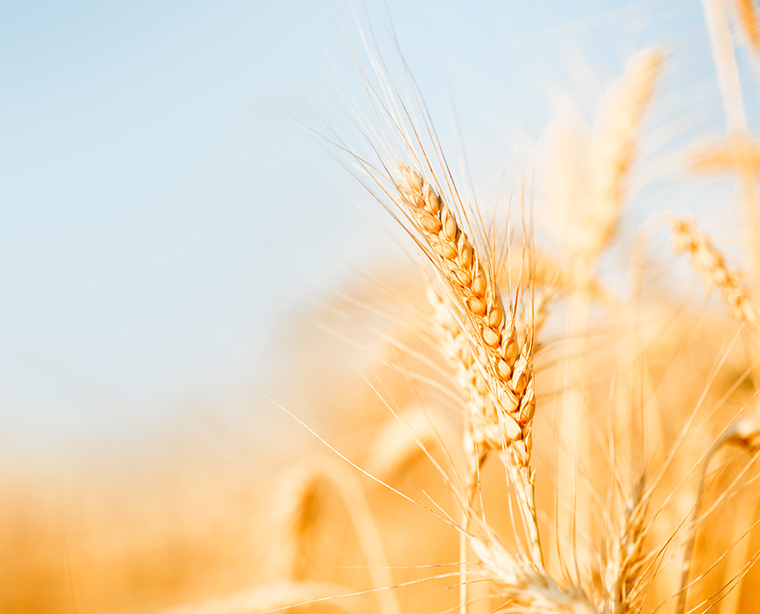

Gluten

Theories surrounding gluten
Gluten is a wheat protein that is difficult to digest.
Wheat has been officially recognized as responsible for:
- allergic diseases: wheat allergy, allergic esophagitis, enteropathy
- auto-immune diseases: celiac disease, dermatitis herpetiformis, gluten ataxia
Each of these diseases presents, in its more advanced form, clinical signs and involves very specific complementary examinations.
Gluten intolerance
The current debate centers on a very different question of a sensitivity to gluten, or a “gluten intolerance”
It refers to individuals who complain of mainly digestive problems: abdominal discomfort or pain, bloating or diarrhea, which go away when wheat-based foods (bread, pasta, cakes, cookies, tarts, pies) are removed from their diet and then reappear when these foods are reintroduced.
The increasing number of patients who have undergone this process culminated in a consensus conference on the topic in London in 2011. It appears from the information presented at this event that these patients are experiencing anomalies which are different from those found in the auto-immune or allergic diseases. This would confirm suspicions of a new disease group. These anomalies are currently being researched and are in no way part of daily clinical practice.
This finding raises two questions:
- why gluten?
- are gluten-related health problems limited to the digestive system?
Question 1: why gluten?
The amount of bread consumed in 1950 was approximately 900 grams a day per person in France. Today, it is down to 150 grams. Our consumption has dropped and yet we are blaming wheat. The agri-food industry has changed significantly since 1950: the flours we use today are enriched with gluten to facilitate dough fermentation.
Question 2: are gluten-related health problems limited to the digestive system?
Seeing as you are reading this on the Eczema Foundation website, the answer is clearly no.
In practice, if:
- despite adapted skin care: showers lasting no more than 5 minutes, no soap, an emollient applied daily on the entire body
- despite correct use of a topical corticosteroid treatment (fingertip rule, from the start of the flare-up: when it is red, itchy, and rough)
- despite a healthy diet: limited consumption of fast sugars to limit acidity
- despite probiotics in combination with antibiotics
If despite the proper application of these four points, you continue to suffer from recurring eczema and/or digestive problems, only then should you try a gluten exclusion test (all wheat flour, rye flour, barley flour) for a period of one month to see what benefits you may derive from it.
If the test is positive and your skin improves, do not rush out and buy all the products with gluten-free logos, given the commercial exploitation of this recent development. Instead, opt for rice flour, or buckwheat flour for baking, and replace pasta for other starches. A balanced breakfast could include fruit, nuts (if you have no allergies), and dried fruit served with a dairy base like yogurt.
However, an intolerance does not warrant the total elimination of wheat for life. On the contrary, tolerance must be reintroduced by consuming some wheat on occasion in other varieties: spelt, einkorn, durum (pasta, semolina) and Khorasan wheat, which is often sold under the name Kamut©.


